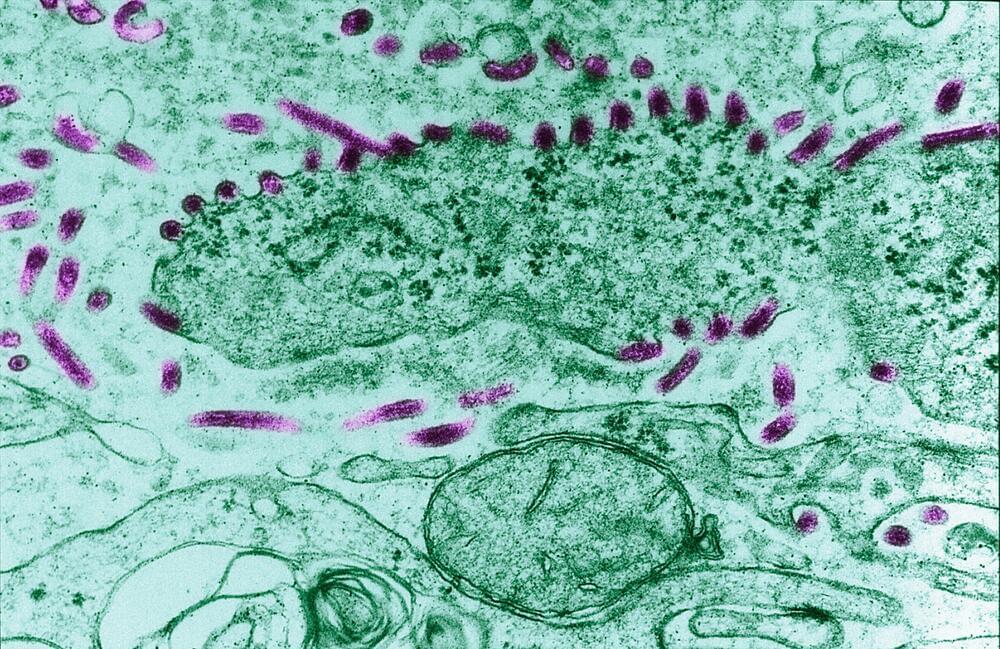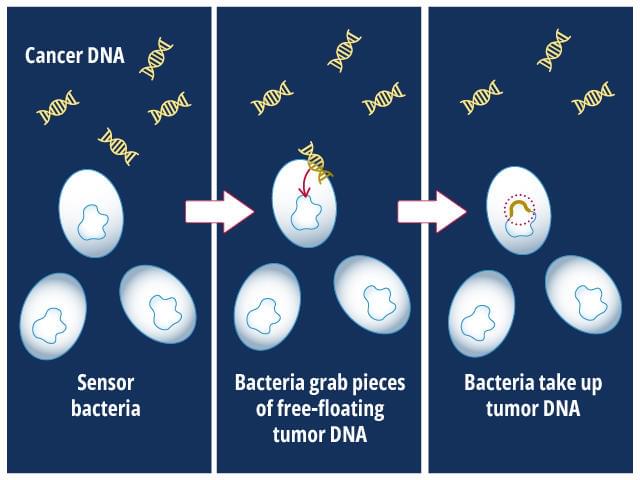
Get the latest international news and world events from around the world.


Researchers Develop Possible Solution to Disinformation
This post is also available in:  עברית (Hebrew)
עברית (Hebrew)
Researchers from the University of Waterloo’s Faculty of Engineering are developing a first-of-its-kind innovative system against fake news that relies on blockchain. Their goal? A world where people have greater trust in the news they see and hear.
It is already known that disinformation – especially digitally created – poses a great threat to democracy. There is evidence fake news could have influenced important world events like Brexit, the 2016 US elections, the Russia-Ukraine war, etc. Big tech companies like Facebook and Google have been trying to establish policies to prevent the spread of disinformation on their platforms, with limited success.

Chatbot Offers Roadmap for How to Conduct a Bio Weapons Attack
Jailbroken large language models (LLMs) and generative AI chatbots — the kind any hacker can access on the open Web — are capable of providing in-depth, accurate instructions for carrying out large-scale acts of destruction, including bio-weapons attacks.
An alarming new study from RAND, the US nonprofit think tank, offers a canary in the coal mine for how bad actors might weaponize this technology in the (possibly near) future.
In an experiment, experts asked an uncensored LLM to plot out theoretical biological weapons attacks against large populations. The AI algorithm was detailed in its response and more than forthcoming in its advice on how to cause the most damage possible, and acquire relevant chemicals without raising suspicion.





Where AI and organisms differ and what it means for AGI
“For AI to be motivated towards a goal, it must know what it wants.”
The possible board combinations in a game of Go are more than the number of atoms in the known universe, but it’s still a finite number. In the real world, there are infinite possibilities for what might happen next, and uncertainty is rampant. How realistic, then, is AGI?
A recent research paper published in Frontiers in Ecology and Evolution explores obstacles toward AGI. Biological systems with degrees of general intelligence — organisms ranging from the humble microbes to the humans reading this — are capable of improvising to meet their goals. What prevents AI from improvising?

The Most Popular IT Admin Password Is Totally Depressing
After sifting through more than 1.8 million pages identified as admin portals, researchers made a disheartening discovery — 40,000 of them used “admin” as its password, making it the most popular credential used by IT administrators.
The research was conducted on 2023 passwords between January and September by a team with Outpost24, which also found an increased reliance on default passwords.
The top 10 passwords discovered by the analysis included common defaults and easy-to-guess options:

Arginine Facilitates Metabolic Reprograming to Promote Liver Cancer Growth
A recent publication in Cell demonstrates that arginine, an amino acid that facilitates various cellular processes, including cellular growth, also promotes tumor growth. The study shows that arginine reprograms the metabolism of the tumor, a mechanism that many cancer cells use to replicate continuously.
The liver’s primary functions include metabolizing nutrients obtained from food and storing energy for later use by the body. Thus, the liver is highly involved in the body’s metabolic balance.
Over the past two decades, a growing body of evidence suggests cancer is a metabolic disease. Almost all cancers, regardless of the tissue in which they develop, have an impairment in energy metabolism.